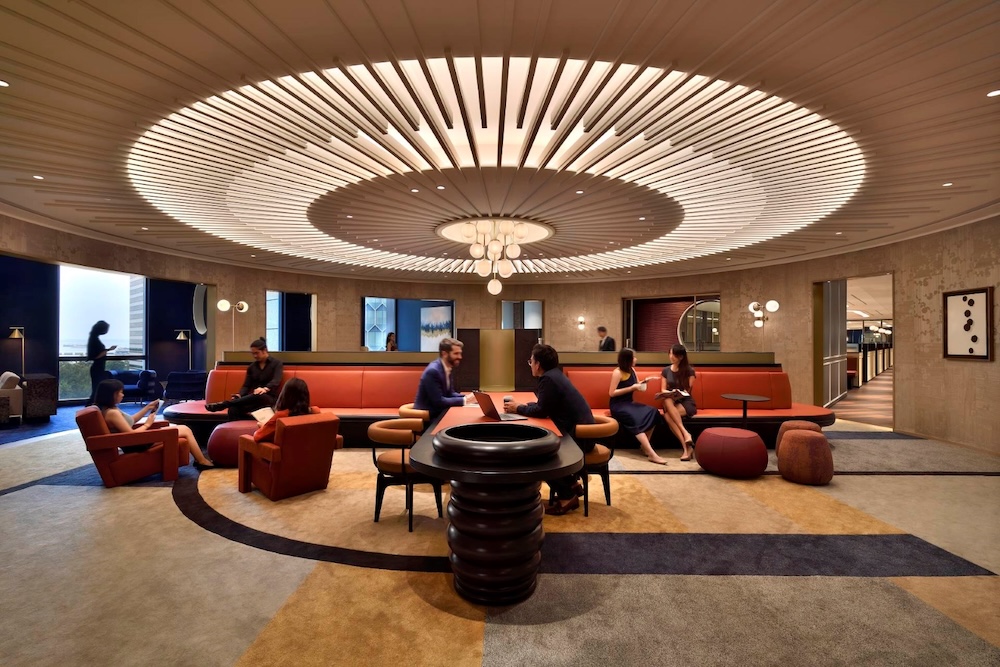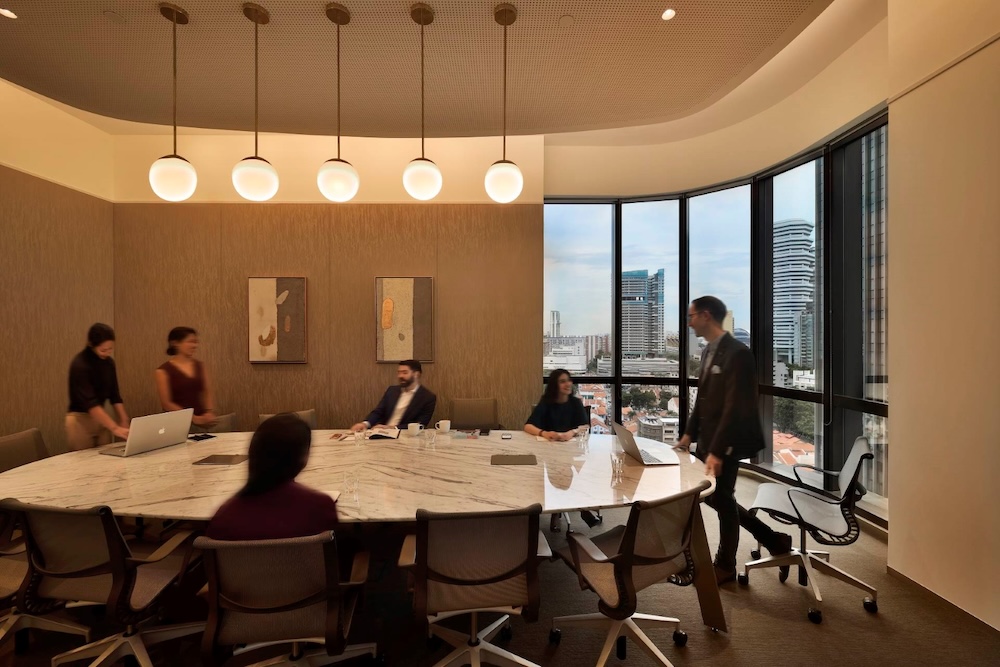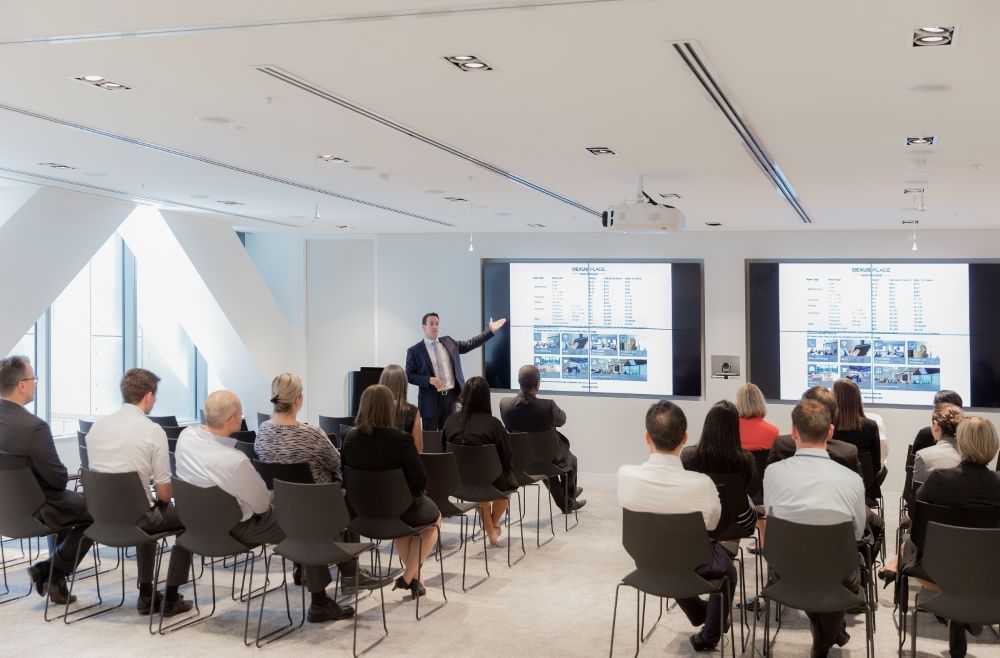In the intricate tapestry of modern organisations, the concept of "silos" often emerges, representing distinct departments or teams operating in isolation. While such segmentation is a necessary aspect of structure and specialisation, overly rigid boundaries can inadvertently hinder vital cross-functional collaboration and impede overall progress. As a result, this creates disconnects that stifle innovation and reduces efficiency within an organisation.
This guide aims to navigate this common organisational challenge. We will explore effective strategies for breaking down silos in the workplace, providing actionable insights designed to foster greater collaboration and drive innovation across all your teams, ultimately uniting efforts for shared success.
Understanding Silos: Why They Form and Their Impact
Understanding the origins and repercussions of organisational silos is the first step towards dismantling them effectively.
Causes of Silo Formation
These internal divisions typically arise from several common factors inherent in business operations, such as:
- Organisational Structure: Departmentalisation, while necessary for specialisation, can inadvertently create rigid boundaries between teams. This often leads to departments operating in isolation, limiting cross-functional understanding.
- Lack of Communication Channels: Inadequate tools, processes or established practices for inter-departmental dialogue directly contributes to isolated information flows. Without accessible platforms, teams remain unaware of parallel efforts or shared needs.
- Competing Departmental Goals: When individual departmental objectives overshadow overarching organisational aims, internal competition can supersede collaboration. This fosters an "us vs. them" mentality that reinforces barriers.
- Geographical Separation: As teams become geographically dispersed, maintaining cohesive interaction across locations can become challenging. Physical distance often translates into reduced informal communication and diminished collaboration.
- Reliance on Specific Tools: Departments using incompatible or isolated software systems can inadvertently create digital silos. This prevents seamless information exchange, hindering integrated workflows and broader transparency.
Negative Consequences of Silo Formation
Unfortunately, these structural and operational fragmentations inevitably lead to detrimental consequences for the entire organisation, including:
- Reduced Efficiency: Isolated operations and disjointed workflows directly contribute to slower processes and wasted time. Projects take longer to complete when teams are not working in unison.
- Duplicated Efforts: A lack of visibility into other departments' activities frequently results in multiple teams inadvertently working on similar tasks. This wastes valuable resources and organisational energy.
- Poor Decision Making: Decisions made within the confines of a single department, based on incomplete information from other areas, are often suboptimal. Silos prevent a holistic view necessary for strategic choices.
- Missed Opportunities: A fragmented flow of information means that valuable insights or potential collaborations across different business units are frequently overlooked. This can result in missed market advantages or innovation potential.
- Fragmented Company Culture: Persistent departmental isolation can erode a unified organisational identity and shared sense of purpose. It often leads to a "siloed" mentality that diminishes overall employee morale and cohesion.
Core Strategies to Break Down Silos at Work
Actively dismantling organisational barriers requires implementing proactive and systematic strategies that foster a culture of open collaboration. This includes:
- Cross-functional Communication Channels: Create deliberate channels for dialogue that extend beyond traditional departmental meetings. Utilising shared communication platforms and scheduling regular cross-team updates can significantly improve information flow.
- Promoting Shared Goals and Vision: Align individual and departmental objectives with the organisation's overarching strategic goals and vision. A unified purpose motivates teams to collaborate towards common aims rather than competing internally.
- Encouraging Cross-training and Knowledge Sharing: Implement initiatives that allow employees to gain insight into other departments' functions and responsibilities. Shared knowledge bases and internal workshops are excellent ways to build broader organisational understanding.
- Implement Collaborative Projects: Form temporary or permanent cross-functional teams dedicated to specific projects that require inter-departmental cooperation. This practical experience directly helps break down silos at work by fostering shared accountability and mutual understanding.
- Leverage Technology for Integration: Utilise integrated software platforms for project management, Customer Relationship Management (CRM) and internal communication. Such tools are crucial for seamlessly connecting different departments and unifying operational workflows.
The Leadership's Role in Cultivating a Collaborative Culture
Effective leadership is absolutely pivotal in championing and embedding a truly collaborative spirit throughout an organisation, through methods such as:
- Leading by Example: Leaders must actively demonstrate the behaviours they wish to see, such as fostering open communication and celebrating inter-departmental achievements. Their direct participation in collaborative efforts sets a clear standard for the entire workforce.
- Driving the Initiative: It is the responsibility of the leadership team to actively steer the effort to break down silos, promoting cross-functional projects and encouraging active interaction. This deliberate push from the top is essential for overcoming ingrained departmental divisions.
- Clear Communication from the Top: Leaders play a critical role in articulating the profound value of collaboration across all levels of the organisation. Consistent messaging from senior management reinforces the importance of unity, ensuring everyone understands the benefits of working cohesively.
The Role of Workspace Design in Breaking Down Silos
The physical environment where your team operates plays a critical — and often underestimated — role in fostering collaboration and communication. This influence manifests through several key aspects of workspace design, such as:
- Layout and Interaction: Physical layouts directly influence team dynamics; thoughtful design choices — including open-plan areas, inviting communal spaces and adaptable seating — actively encourage spontaneous conversations and the cross-pollination of ideas.
- Coworking Hubs for Collaboration: Well-designed coworking spaces, such as those offered by The Work Project, are inherently built to cultivate a collaborative atmosphere, actively promoting informal networking and knowledge sharing among diverse professionals and teams.
- Fluidity Through Flexible Seating: Options such as hot desk rentals explicitly promote organisational fluidity by preventing teams from becoming overly entrenched in fixed departmental zones. As a result, this fosters broader and more dynamic interactions across different groups.
- Versatile Work Zones: Access to a range of varied work zones — from quiet focus areas to vibrant collaboration spaces and private meeting rooms — supports diverse team needs. This adaptability makes these specialised areas particularly suitable for project-based teams, accommodating their ever-changing requirements.
A United Front for Future Success

Different departments from a company chatting after work
Ultimately, breaking down silos in the workplace is undeniably vital for fostering organisational agility and for driving continuous innovation. Achieving this stems from a powerful combination of well-executed strategic initiatives, strong, visionary leadership and an enabling physical environment. This holistic approach empowers teams to work as a unified front, building a more connected and productive future.
To explore how such an enabling environment can support your collaborative goals, consider The Work Project's range of solutions. Our flexible coworking spaces and other workplace solutions are specifically designed to enhance cross-functional collaboration. To find out more or to start breaking down silos in your organisation, contact our customer care team today!






